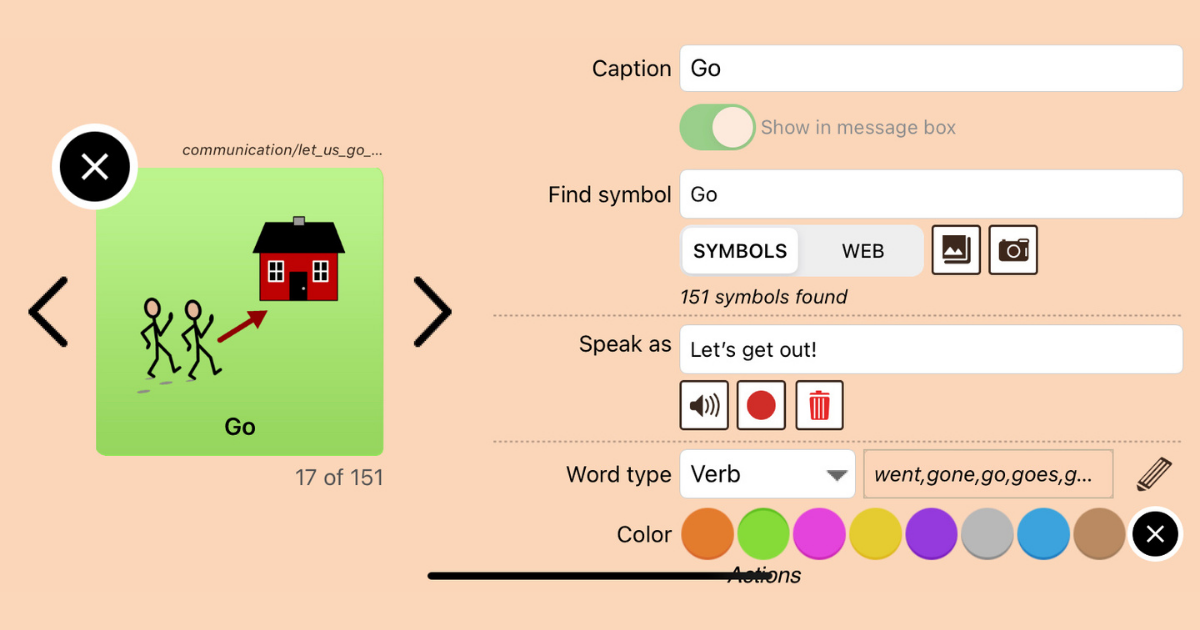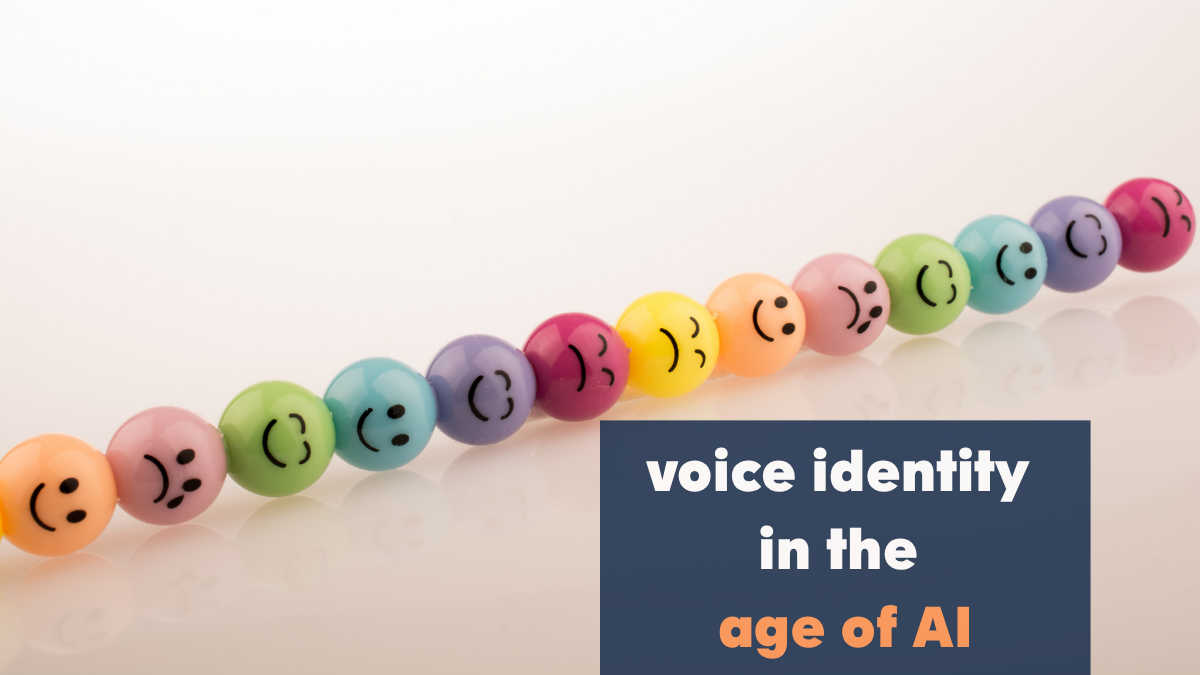Assistive Communication supports like AAC provide individuals with opportunities to overcome speech delays & difficulties, and begin communicating. AAC has been found to be useful for Gestalt Language Processors too. Incidentally, a large number of people on the autism spectrum are Gestalt Language Processors. This blog sheds light on how AAC can support them.
Language Acquisition On The Autism Spectrum
Although the majority of individuals with ASD eventually learn to speak, 25-30% of children use only a few words during their childhood. Language acquisition in autistic individuals may seem a little different than that of other neurotypical people. This is because the majority of individuals on the autism spectrum are Gestalt Language Processors. They learn language through chunks or strings of words they hear in situations.
Relationship Between AAC and Language Acquisition
AAC can help young children with language acquisition and verbal expression.
Introducing an AAC device at a young age has been shown to assist in language acquisition. This happens because the the AAC support helps the child to make sense of sound patterns and in perceiving sounds as entities of communication. It also helps the child to understand the structure of language, perceiving words as the building blocks of bigger sentences.
Let us understand this better by looking at John’s Avaz AAC app.
John frequently uses the phrases “Let’s get out!” and “Let’s get pizza”. He uses, “Let’s get out!” when he wants to go somewhere. With “Let’s get pizza”, he indicates he wants something. In his Avaz AAC, the image for ‘Go’ has been added along with the caption ‘Go’. In the speak as section, the phrase, “Let’s get out!” has been added. By doing so, John can indicate the function he has intended, while hearing the sound of the phrase he is used to!
The notion of introducing AAC after attempting various ways to acquire natural speech is slowly subsiding. Using assistive communication devices alongside speech therapy from an early stage is proving to give beneficial outcomes.
AAC and Gestalt Language Processing
From the moment we are born, we hear people talk to us, about us, and around us. This moves forward to the next level when we begin acquiring the language. Usually, it is a seamless process. The learner must engage and comprehend the language to start communicating.
For a Gestalt Language Processor, Language Acquisition happens in stages. Echolalia plays a prominent role in their language development. Gestalt Language Processors do not have language disorders. They only face a delay in language development. Assistive technology can help them on their journey towards self-generated language.
In general, AAC (Augmentative and Alternative Communication) improves receptive language,. Further it lowers frustration and behavioral difficulties in individuals facing verbal language/speech difficulties. It empowers the child or adult and boosts their social connection.
Gestalt Language Processing is a form of language development. It is not a technique or an approach that can be chosen to use or not. With the right AAC support, individuals can develop language more systematically.
Making AAC GLP Friendly
Identifying early traits of Gestalt Language in young children and introducing them to AAC can aid in their language development. AAC systems in general are more configured to assist Analytical language processors. That said, further into AAC and Gestalt Language Processors is ongoing. Thanks to this, we now know of recommendations to make AAC GLP oriented.
Some of the suggestions are:
1. Extensive Language Modeling
Gestalt Language Processors generate language from their surroundings. This is especially true during Stage 1 of being Echolalic. At this stage, we can provide them with a large amount of vocabulary. Consistently modeling using AAC can help them repeat the words. This will eventually enhance their communication.
2. Utilize AAC Features to Your Benefit
Get creative with your AAC features. If a particular image has a distinctive meaning that your child holds onto, add the image to their AAC. Allow access to different forms of media to figure out what interests your child. Children using Gestalt sometimes prefer to communicate with images or visuals. Depending on their preference, the communication medium can be uploaded to their assistive communication devices.
3. Providing Robust AAC Systems
AAC built to support linguistic expressions is the best way to go for a Gestalt Language Processor. A robust AAC system displays flexibility in word forms for the individual to communicate in various ways they want to. For instance, Avaz AAC is built-in with plural forms, various tenses and other grammatical features. It also comes with color codes for various word forms.
The Big Picture
Every child is learns in their own style and pace. Providing them with the exposure, knowledge, and opportunity to use AAC will only increase their proficiency in learning. With support, individuals can learn the language system in AAC and make their voices heard.
What are your ideas regarding how AAC can support Gestalt Language Processors? We’d love to hear about them.
References
- Marge Blanc – Natural Language Acquisition on the Autism Spectrum: The Journey from Echolalia to Self-Generated Language, 2012
- Meaningful Speech – https://www.instagram.com/p/CZZRs3Xu-1r/?igshid=YmMyMTA2M2Y=





